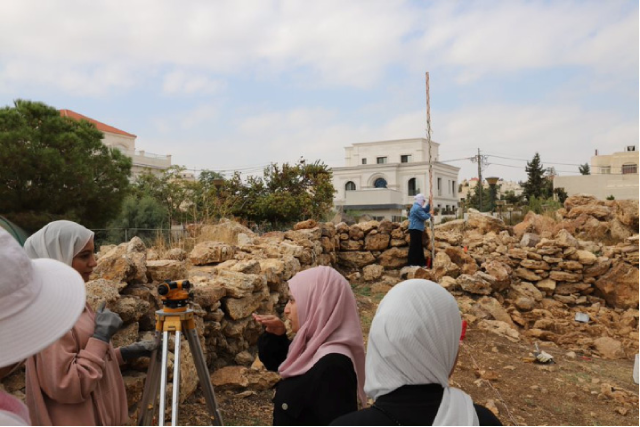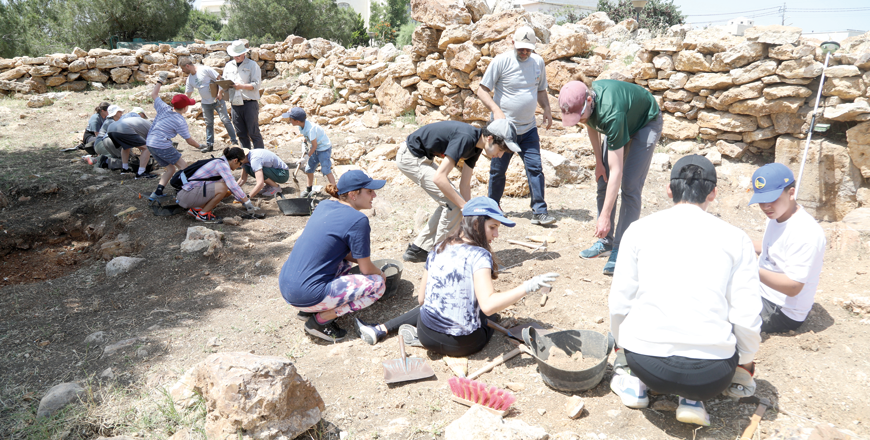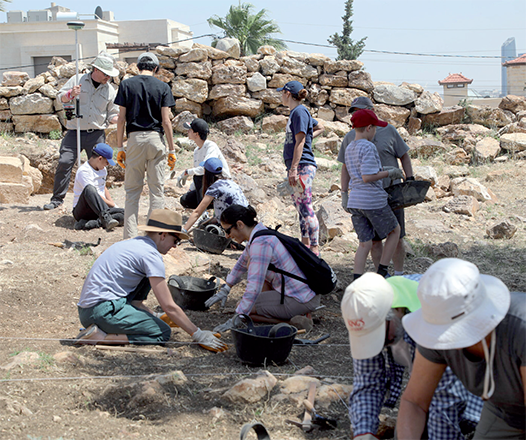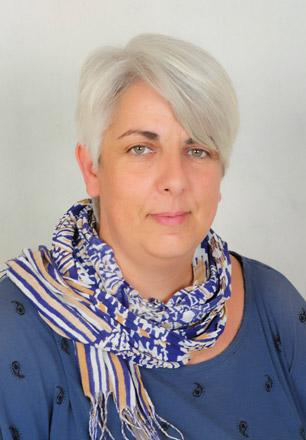You are here
‘Abdoun Community Archaeology Project’ invites volunteers for excavations
By Saeb Rawashdeh - Nov 07,2022 - Last updated at Nov 08,2022

The team works on Abdoun South site (Photo courtesy of ACOR)
AMMAN — Motivated by Jordan’s rich cultural heritage, the American Centre of Research (ACOR) and Jordan’s Department of Antiquities (DoA) partnered in 2021 to create a new community archaeology programme, according to project leaders.
Titled the “Abdoun Community Archaeology Project”, the project intends to involve and familiarise the local community with the archaeology of the Kingdom, the project’s co-director said in a recent interview with The Jordan Times.
“The project also provides an opportunity for people to ‘get their hands dirty’ while acquiring knowledge about the methodologies of archaeology, the history of the field and the developments that led to archaeology becoming an interdisciplinary science,” said Ahmed Kzzo, who received his PhD degree from the University of Rome — Sapienza.
Kzzo co-manages the project with Jehad Haroun, associate director of ACOR, and with Amman antiquities director at the DoA Asem Asfour.
With a focus on ensuring that those who live around the site are well aware of it and have appreciation for its history, the goal of the project is simply to see more people informed and involved, stressed Kzzo, adding that under the close supervision of trained professionals, volunteers are welcome to help excavate the Abdoun south site.
Talking about the occupational period of the site, Kzzo said: “From the major architectural features, we know that the site dates back to the Ammonite period [between the 8th and 6th centuries BCE]. Then, it was used during Roman and Ayyubid-Mamluk times. These primary results are based on our survey and first excavations, during which we recovered pottery shreds, glass, bones and flints”.
Moreover, the site features a large square building, said Kzzo, who also directs the project “Prevention of Illicit Trafficking of Cultural Property” at ACOR. He added that the inner wall (which is about 25 by 30 metres in size) is surrounded by rooms, and features a tower at the external northwestern corner. The overall site measures about 40 by 40 metres.
“We assume that the tower was used for defensive purposes. Next to the inside face of the western wall, we recovered part of a structure that could be a platform or podium. More research and excavation will be done next year, in 2023, which will help us to discover more information about the site,” Kzzo said.
Related Articles
AMMAN — At the Abdoun Community Archaeological Project, located in Amman, a unique archaeological endeavour unravels, supported by the colla
AMMAN — The Abdoun neighbourhood is home of a few archaeological sites from the Iron Age; they are part of ancient sites located inside the
AMMAN — When she visited Jordan for the first time in 1996, Italian architect Maria Elena Ronza described her experience as “mind-blowing”.C


















